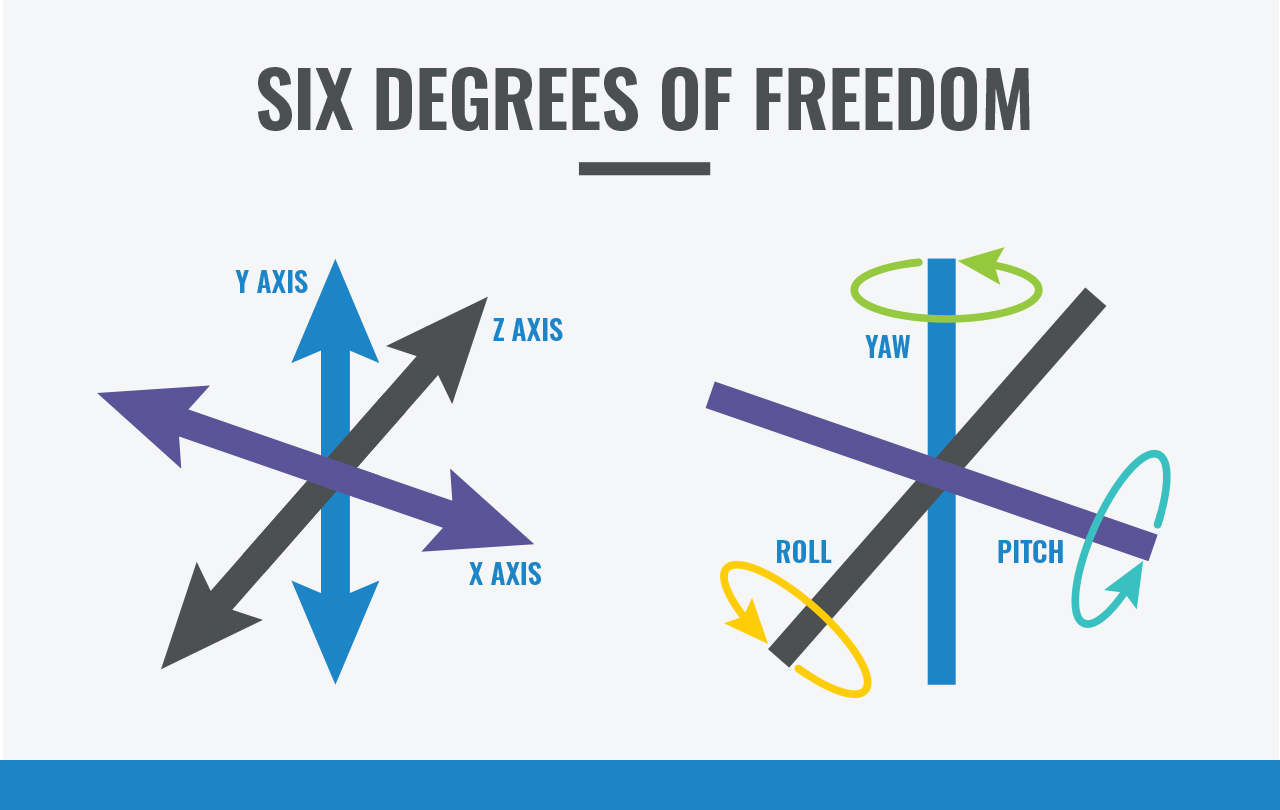
Maybe the solver could vary the value of this variable over time, such that a user can see which parts of the sketch will move when it is varied? For the Peaucellier–Lipkin linkage example that you gave, for a human it might be easy to just realize "I forgot to specify that the blue line should be horizontal". When the samples are combined, the total degrees of freedom is (N1 + N2 +.

Understanding degrees of freedom code#
This can be helpful, but would require quite some reworking in the solver code which is very unlikely to happen.Īs far as I can understand, a degree of freedom corresponds to a variable whose value is not fixed, and which just has a helper value assigned based on how the sketch is arranged on screen. Degrees of freedom are normally reported in brackets beside the test statistic, alongside the results of the statistical test. It’s calculated as the sample size minus the number of restrictions. However, for more complex systems like spinning particles or coupled harmonic. Degrees of freedom, often represented by v or df, is the number of independent pieces of information used to calculate a statistic. It is also a measure of the freedom of a. For example, a particle moving in three-dimensional space has three degrees of freedom, one for each independent direction of motion. In statistics, the degrees of freedom (DF) is the number of independent observations in a statistical sample. Counting them is usually straightforward, especially if we can assign them a clear meaning. What shall a algorithm now present as the single degree of freedom? Some CAD systems go the other way around by showing which geometry is fully constraint. Understanding degrees of freedom is fundamental to characterizing physical systems. What do you understand by degree of freedom A degree of freedom is an independent physical parameter in the formal description of the state of a physical.

library (lmerTest) rt.model <- lmer (RT Group+Valid + (1 +Validsubject), datartdata) The model resulted in a significant interaction.
_1625079729.jpg)
Understanding degrees of freedom trial#
in_linkage it has one dof, however, ever element is able to move. Understanding Kenward-Rogers Degrees of Freedom from lsmeans () Im trying to analyze data using a multilevel model which predicts subject response times using the experimental group and trial validity. (symbol: df) the number of elements that are allowed to vary in a statistical calculation, or the number of scores minus the number of mathematical restrictions. Ickby wrote:In general there can be no helpful algorithm which shows a degree of freedom, as a dof is a rather abstract konzept.


 0 kommentar(er)
0 kommentar(er)
